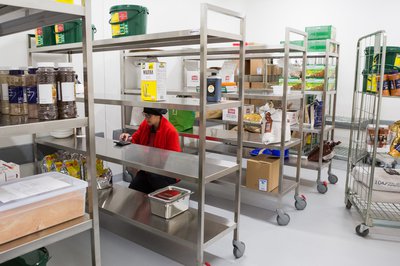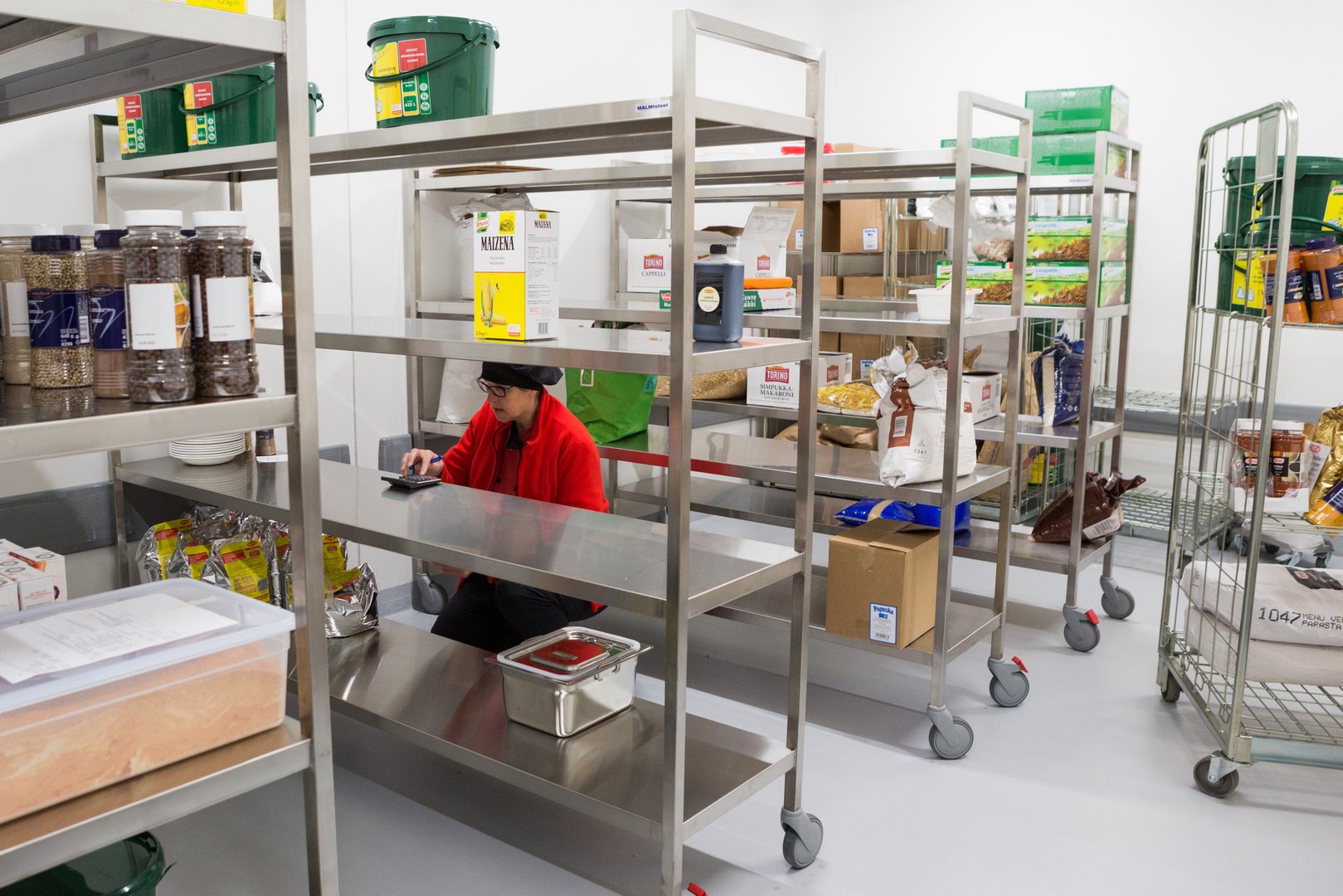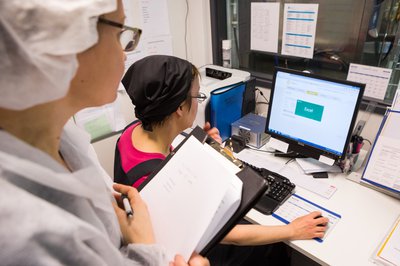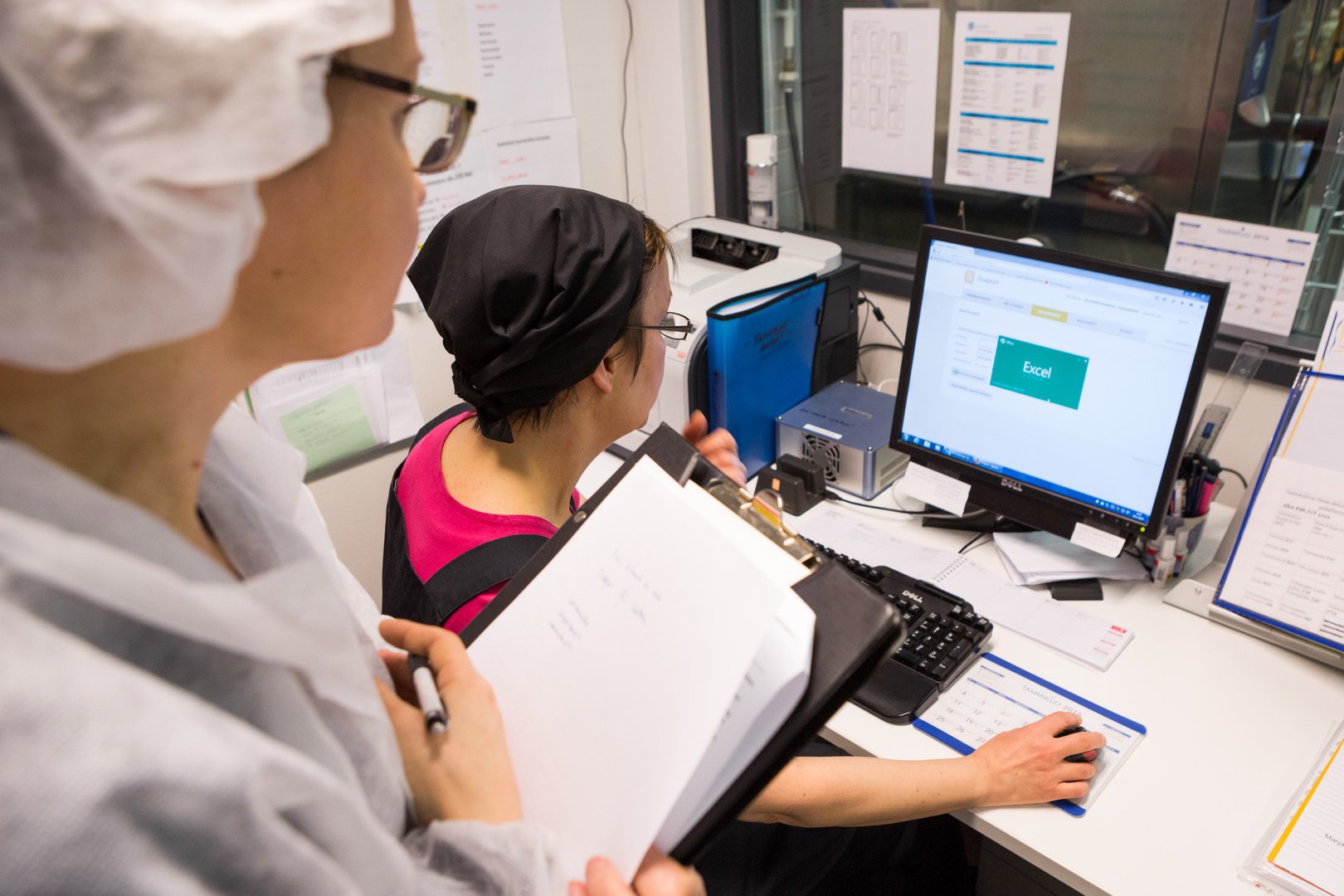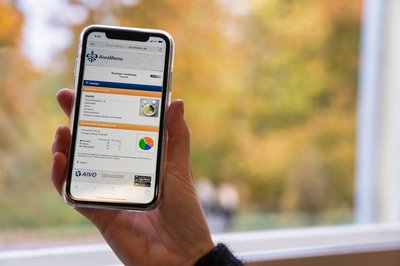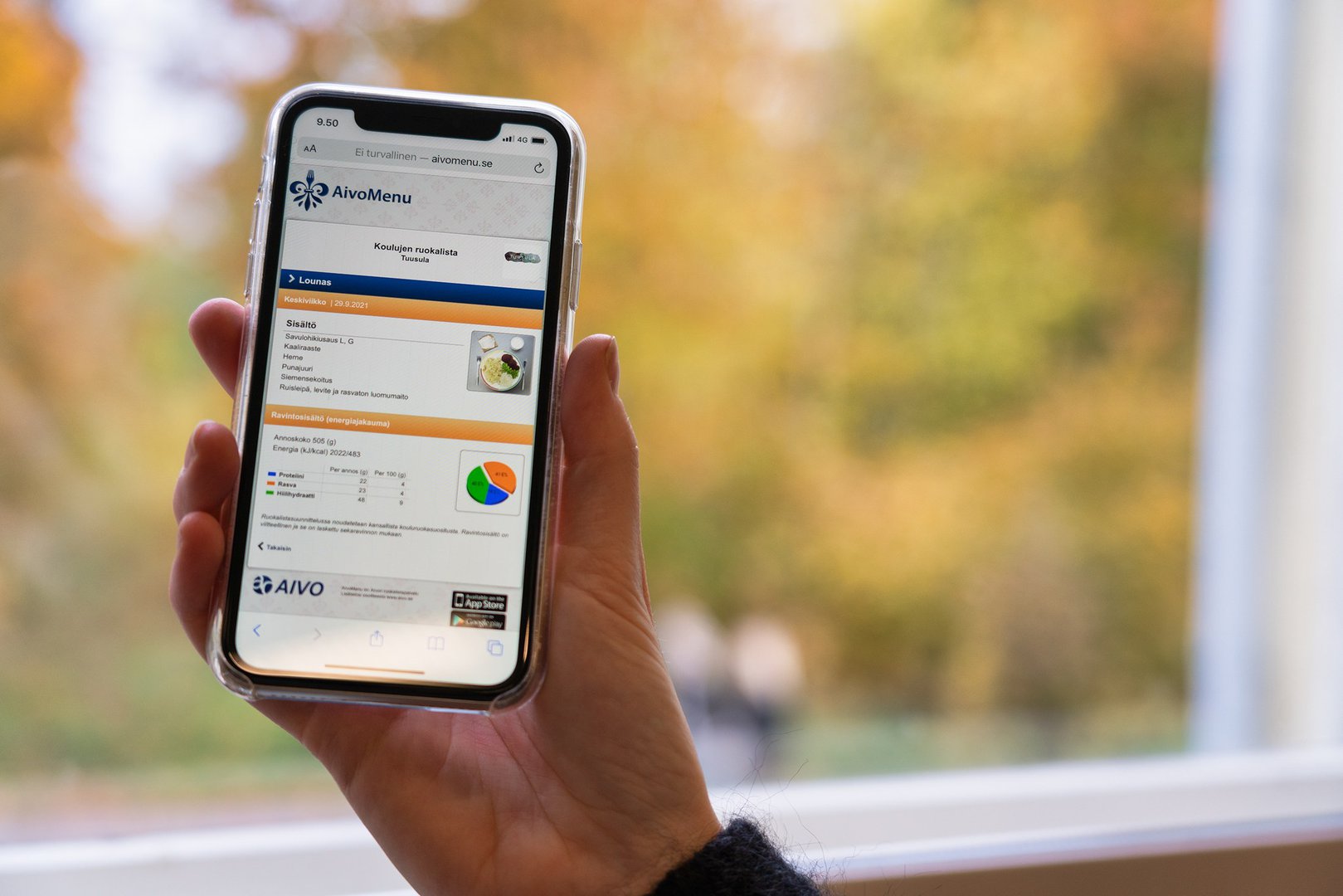Necessary Steps
- The potential for food waste ranges across the procurement, storage, manufacturing, and serving phases, and it is largely affected by menu planning and customer numbers.
- It is important to estimate the number of customers as accurately as possible, based on previous estimates or sources of reliable information.
- Taking customer preferences into account during menu planning helps to reduce waste.
- Procured food items may change and smaller volumes may bring savings.
- Food stores are monitored for expiry dates to avoid food waste.
- Standard recipes, weighed ingredients, and customised cooking/ manufacturing methods are used to ensure meal quality, helping to mitigate waste issues.
- Food consumption at the customer interface is monitored and only sufficient volumes are brought to the serving line.
- If meals are portioned for customers, the appropriate volumes are served according to nutritional recommendations and individual requests (preferably by pictorial guides).
- If possible, food not yet brought to serving (i.e. extra helpings) can be kept aside or moved to cold storage in the kitchen in due time; the hygienic quality is preserved.
- If there is still left-over food at the end of the meal, a sale or donation can be organised.
- To see how the prevention measures are working, food waste needs to be measured, followed-up, and reported on periodically according to plan (Measuring food waste in school canteens, Three ways to measure food waste).
More Issues To Consider
- Customers may need some time to get acquainted with new menus (e.g. ones that offer more plant-based meals), which will have an impact on the amount of time it will take to reduce food waste.
- Communicating to customers the importance of the responsible consumption of food, both in self-service and portioning service canteens, and about progress in waste prevention is important.
- Food waste measurement and results can be used as part of this communication effort.
